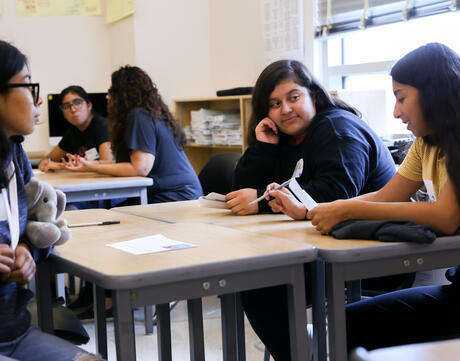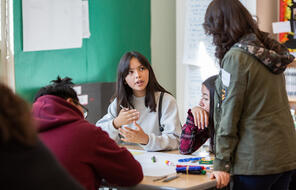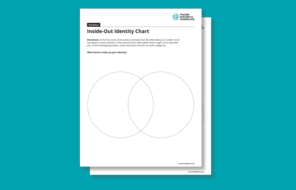
How Do Others See Me?
At a Glance
Language
English — USSubject
- English & Language Arts
Grade
6–7Duration
Two 50-min class periods- Culture & Identity
Overview
About This Lesson
In this lesson, students will consider the range of factors that make up their identities and how the way others perceive them can differ from their own ideas and feelings about their identities. The resources and activities in this lesson encourage students to think about the power of assumptions and stereotypes. Students will define key concepts, engage with personal narratives, and think about how assumptions and labels can lead to stereotypes that impact how we are perceived and how we think about ourselves.
Preparing to Teach
A Note to Teachers
Before teaching this lesson, please review the following information to help guide your preparation process.
Lesson Plan
Activities
Materials and Downloads
Quick Downloads
Download the Files
Download allGet Files Via Google
How Do Others See Me?
What Is “Normal”?
Feeling Seen: A Matter of Perspective
Unlimited Access to Learning. More Added Every Month.
Facing History & Ourselves is designed for educators who want to help students explore identity, think critically, grow emotionally, act ethically, and participate in civic life. It’s hard work, so we’ve developed some go-to professional learning opportunities to help you along the way.
Exploring ELA Text Selection with Julia Torres
On-Demand

Working for Justice, Equity and Civic Agency in Our Schools: A Conversation with Clint Smith
On-Demand

Centering Student Voices to Build Community and Agency
On-Demand















